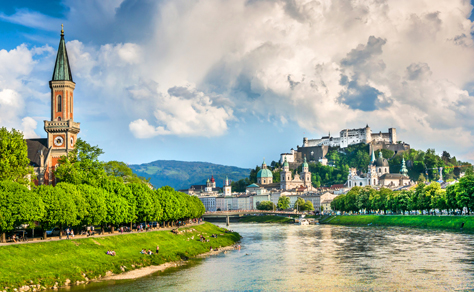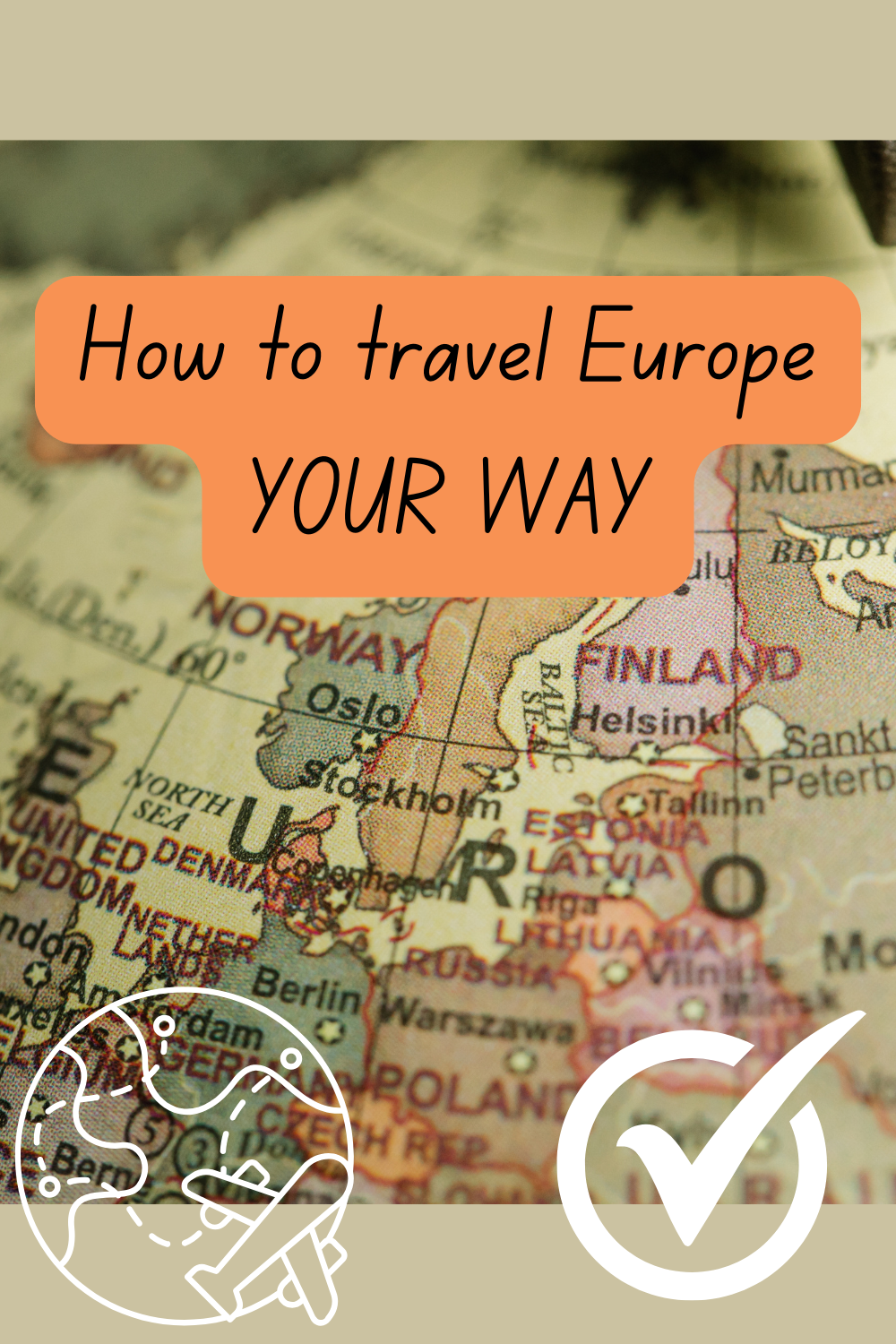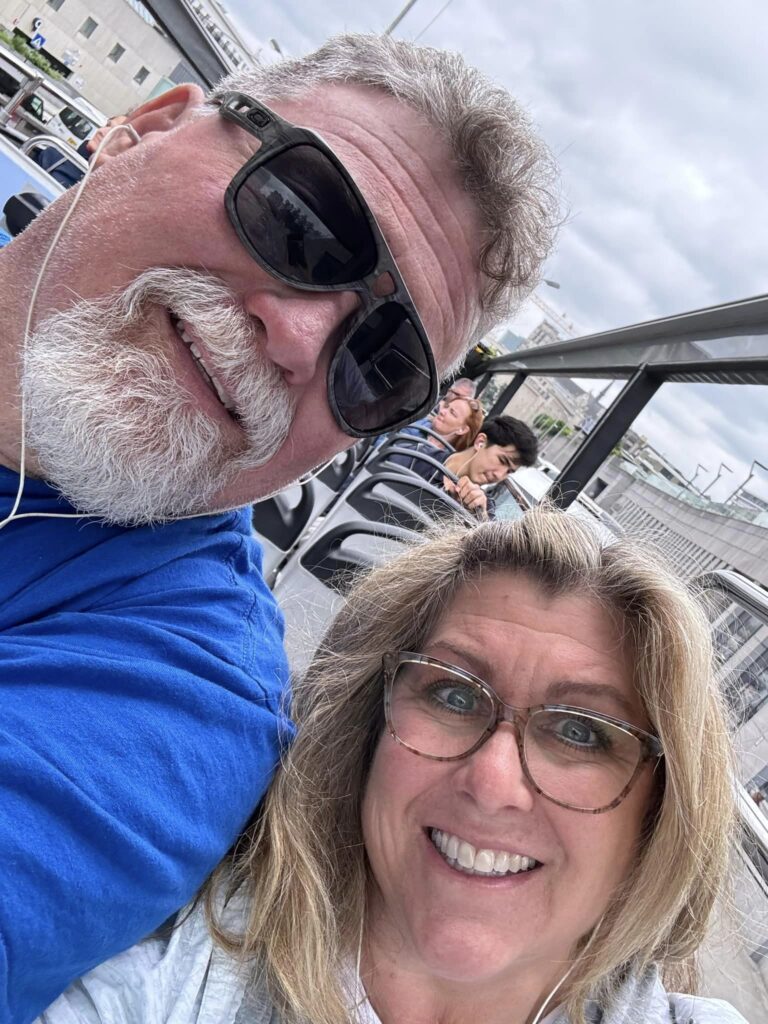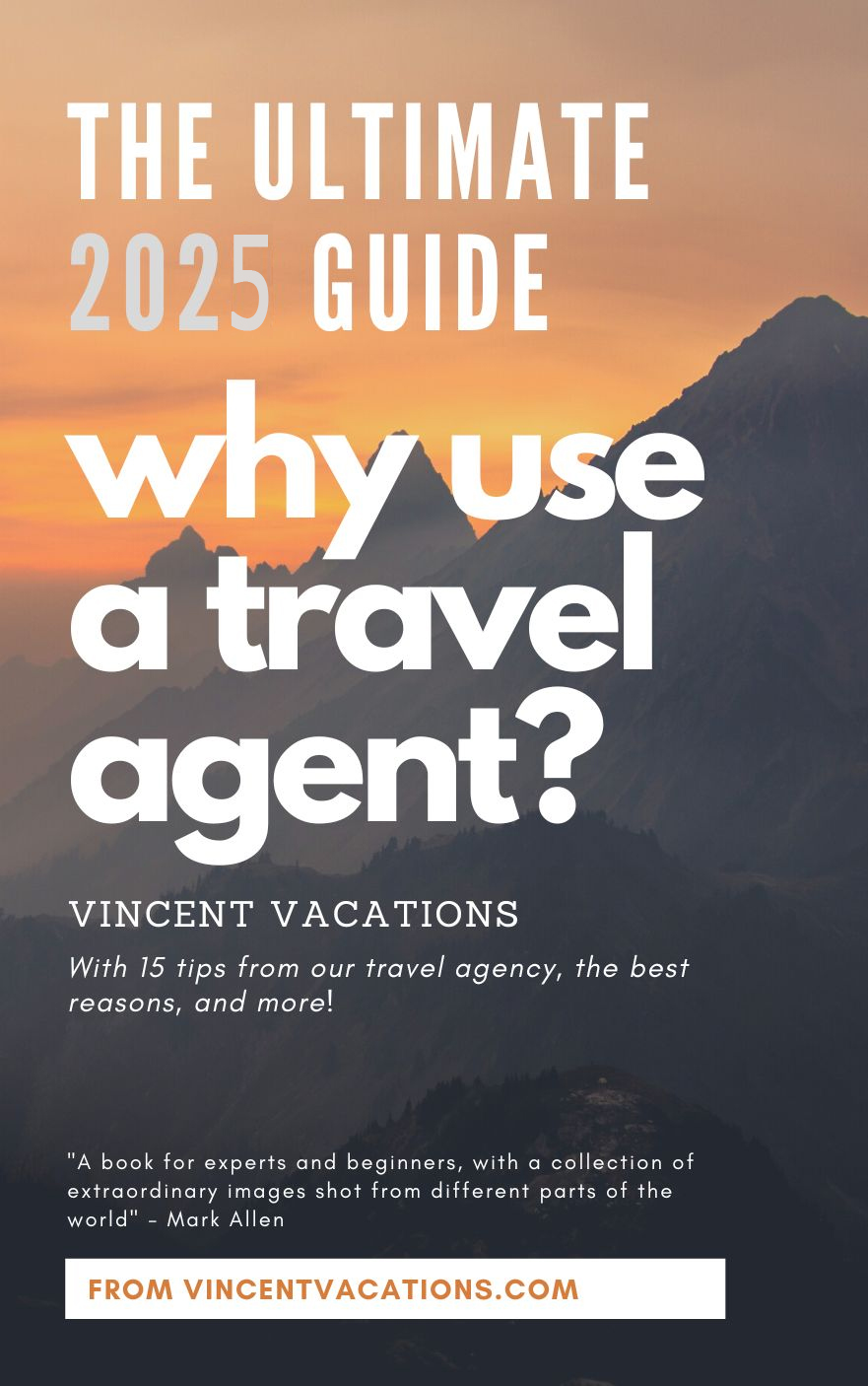
Tell anyone you're going to Amsterdam and there's a fair chance they'll either sigh with envy or give you a sly nod. Amsterdam's reputation for tolerance laced with sin precedes it, but equally renowned are its scenic and cultural attractions.
Amsterdam hotels are known for their cleanliness and hospitality, its restaurants offer world cuisine, and along the city streets is a shopper's paradise. Most visitors fall in love with the city and return again and again.
Amsterdam is nourished by a wealth of museums, concert halls, and avant-garde theater and dance venues. Its relaxed and tolerant attitudes draw those looking for a creative, anything-goes atmosphere.
Large numbers of beautiful tree-lined canals are bordered by streets with rows of narrow, gabled houses and 17th-century warehouses, making Amsterdam an architectural treasure trove. Amsterdam is much smaller in population (but no less interesting) than many European capitals. As a result, much of the city center can be comfortably explored on foot—or, if you want to look like a true local, by bicycle.
Best Travel Agents
Best Carnival Cruise Line Travel Agents and Deals
We are your premier destination for all things Carnival Cruise! As certified experts in Carnival Cruise Line travel, we pride ourselves on offering the best deals and personalized service to make your cruise vacation unforgettable.
Why Book Your Carnival Cruise with Us?
Certified Carnival Cruise Specialists: Our team holds all the official Carnival Cruise certifications, ensuring you receive expert advice and insider knowledge for your trip.
Exclusive Deals: We leverage our strong relationships with Carnival Cruise Line to bring you exclusive discounts and special offers you won’t find anywhere else.
Tailored Cruise Experiences: Whether you’re seeking a family adventure, a romantic getaway, or a fun-filled group trip, we customize your cruise itinerary to fit your needs perfectly.
Expert Shore Excursion Planning: Enhance your cruise with exciting shore excursions carefully selected to enrich your travel experience.
Dedicated Customer Support: From booking to boarding and beyond, our travel agents are here to assist you every step of the way.
Let us help you navigate the world of Carnival Cruises with confidence and ease. Contact us today to discover the best Carnival Cruise Line travel deals and start planning your dream vacation!
Must See or Do
Sights—The Westerkerk (West Church) on the Prinsengracht and the spectacular view from its tower; gabled mansions on the 17th-century canal ring inside the Singelgracht; the Anne Frank Huis; the Red Light District; Amsterdam-Noord.
Museums—Rembrandts at the Rijksmuseum; the Van Gogh Museum; the Stedelijk Museum.
Memorable Meals—Smoked eel at Haesje Claes; french fries with mayonnaise or peanut-butter sauce from the rear end of the Albert Cuyp Markt; rijsttafel at Tempo Doeloe; salted or pickled herring from one of the fish stands along the canals; traditional Dutch fare at Moeders; international dishes from Food Hallen.
Late Night—Jazz at Bimhuis; drinks and dancing at club Panama in the Eastern Docklands; events at the Sugar Factory, ranging from poetry readings in English to DJ nights; concerts featuring international talent at Paradiso, a 19th century church turned rock music venue.
Walks—A stroll that takes in all the sights of Dam Square and the adjacent Red Light District; a walking tour of the old Jordaan section; a walk in Vondelpark; a guided walking tour from Gilde Amsterdam of the city's hidden courtyards, Jeiwsh quarter or other specialized itineraries.
Especially for Kids—The aquarium, planetarium and petting zoo at the Artis Royal Zoo; the goat farm at the Amsterdamse Bos; hands-on exhibits at NEMO Science Center; the children's section (Kindermuseum TM Junior) of the KIT Tropenmuseum (tropical museum).
Geography
Dam Square is at the heart of Amsterdam's network of canals, streets and squares. There, you'll find historic structures such as the Royal Palace. The street Damrak connects Dam Square to Central Station. Kalverstraat and Rokin, two popular shopping streets, lead from Dam Square to Muntplein and the Flower Market. Farther to the west of Dam is the district of the Jordaan, a picturesque and trendy neighborhood. The Red Light District lies to the east of Dam Square.
The 17th-century canals—whose names often end in the word gracht or kade—wrap around the historic city center in a series of semicircles called the Grachtengordel (Canal District) and were added to UNESCO's World Heritage list in 2010. The innermost canal in the series is the Singel, followed by the Herengracht, Keizersgracht and finally the Prinsengracht. The Singel canal encircles the old center, extending along its western edge and meeting the Amstel River on the center's southern edge. Intersecting the canals are smaller cross-canals and streets.
On the eastern side of the center is the old Jewish Quarter, largely rebuilt, and the Waterlooplein, with the flea market and Stopera (city hall and opera house). To the southwest is Museumplein, the site of several museums, including the Rijksmuseum and the Concertgebouw, the main concert hall.
Nearby Leidseplein is another important square that is frequented by tourists seeking its theaters, restaurants and nightspots. Also popular for clubbing and nightlife is Rembrandtplein, an entertainment square presided over by a statue of iconic Dutch artist Rembrandt Van Rijn and ringed by clubs, cafes, and bars. Slightly east of Museumplein, you'll find the former working-class neighborhood De Pijp, now a bustling mixture of stylish cafes, shops and restaurants, not to mention the largest street market in the Netherlands, the Albert Cuyp Markt.
After years of gentrification, the Oud-West has traded its Wild West reputation for new life as one of the city's most up-and-coming neighborhoods. Bordered by the Vondelpark and Singelgracht canal, the area encompasses the Overtoom, a lively shopping street parallel to Vondelpark, as well as De Hallen, a tram depot turned creative hub and cultural hot spot, housing an eclectic mix of creative, media and fashion businesses, in addition to an indoor food court, library, movie theaters, cafes, upscale restaurants and the four-star Hotel de Hallen.
History
In the early 11th century, dikes were built to tame the Amstel River. By 1240, the small village of Aemsteledamme occupied the area that is now Dam Square. Fortunately positioned, Amsterdam grew and spread as it became a bustling port, charging tolls to ships and indulging in trade with many countries.
This trade, fostered by the famed Dutch East India Company, made the Netherlands rich. From the end of the 1500s until the beginning of the 1700s, Amsterdam experienced its Golden Age and became one of Europe's cultural and economic centers. Some of the greatest Dutch artists—most notably Rembrandt—lived during this period.
The spiderweb of canals and streets that gives the city such a distinctive design began to take form in the 1600s. One of the first cities to practice religious tolerance, it drew refugees, adventurers, artists, writers, intellectuals and statesmen from many countries. These immigrants, along with the hardy natives who claimed the land from the sea, have all had a lasting influence.
After World War II and the memories of hardship it incurred began to fade, the city grew quickly, attracting a youthful population. The 1960s were marked by lively counter-culture happenings organized by hippies and "Provos." Also, spurred by a perennial housing shortage, squatters took over deserted buildings in run-down parts of the city, and by the 1980s, clashes with police were becoming common.
Those rebels have grown up now, and redevelopment of the run-down city and harbor areas is well under way. Amsterdam has become increasingly diverse in recent decades as more immigrants, notably those of Moroccan and Turkish descent, have settled there with their families.
Potpourri
The Lloyd Hotel in the Eastern Docklands is a showcase for the best of Dutch design, from furniture by Marcel Wanders to breathtaking boiled-wool fabric by Claudy Jongstra.
At the Prostitute Information Center's minimuseum, run by ex-prostitute Mariska Majoor, visitors can see a mock-up of a historic brothel room.
There are 206 paintings by Van Gogh hanging on museum walls in the city compared with just 22 paintings by Rembrandt.
Amsterdam is also known as the Venice of the North, and it has more canals than the Italian city.
The movie Ocean's Twelve was shot in and around the Hotel Pulitzer, the Kloveniersburgwal and Heiligeweg. A key scene was filmed in De Dampkring coffeeshop on the Handboogstraat.
Rembrandt had to leave his home and declare bankruptcy because the company that commissioned his painting The Night Watch was dissatisfied with it. The painting is now hailed as one of Rembrandt's masterpieces and can be seen at the Rijksmuseum.
Central Station is supported by 8,687 wooden stakes, which were pounded into three artificial islands built to support it.
All public bars and restaurants in Amsterdam are smoke-free: Coffee shops aren't quite sure whether the ban includes them or not. Currently, you can still smoke your (legal) joint inside, but only if it's 100% marijuana and not laced with tobacco. If you want to smoke a plain cigarette, you must go outside.
New York's Bowery district is named after the Dutch word for a farm, bouwerij, and Stuyvesant Street after Peter Stuyvesant, whose statue stands outside Amsterdam's West Indisch Huis.
Location
Amsterdam's port consists of the Passenger Terminal Amsterdam and the Felison Terminal.
The Passenger Terminal Amsterdam is located at Piet Heinkade 27, which is close to downtown Amsterdam and to the central railway station. Phone 020-509-1000. Felison Terminal is located at Sluisplein 55, directly at the port of IJmuiden. Both terminals host cruise ships.
Additionally, ferries dock at Felison Terminal, and berths are present at the Passenger Terminal Amsterdam for Rhine River cruise ships. Car parking; access to buses, trams and taxis; shops; Internet and pay phone access; and food and beverage facilities are available at the Passenger Terminal Amsterdam. A passenger cruise lounge and access to bus services are available from Felison Terminal. Phone 2-554-5440, after office hours 25-554-5454. http://www.felisonterminal.nl.
Shore Excursions
Since the major sights of Amsterdam are only a 20-minute stroll from the passenger terminal, many visitors don't bother with organized shore excursions. Typical excursions offer a canal cruise, visits to major museums, the Anne Frank House, the Royal Palace and the Bloemenmarkt. Half-day excursions include visits to Volendam, Marken and the windmill village of Zaanse Schans; the cheese city of Edam; or to Keukenhof to see the blooming tulips (spring only). Full-day-excursions include Aalsmeer, Delft, Rotterdam, the seaside resort of Scheveningen and the miniature town of Madurodam.




































